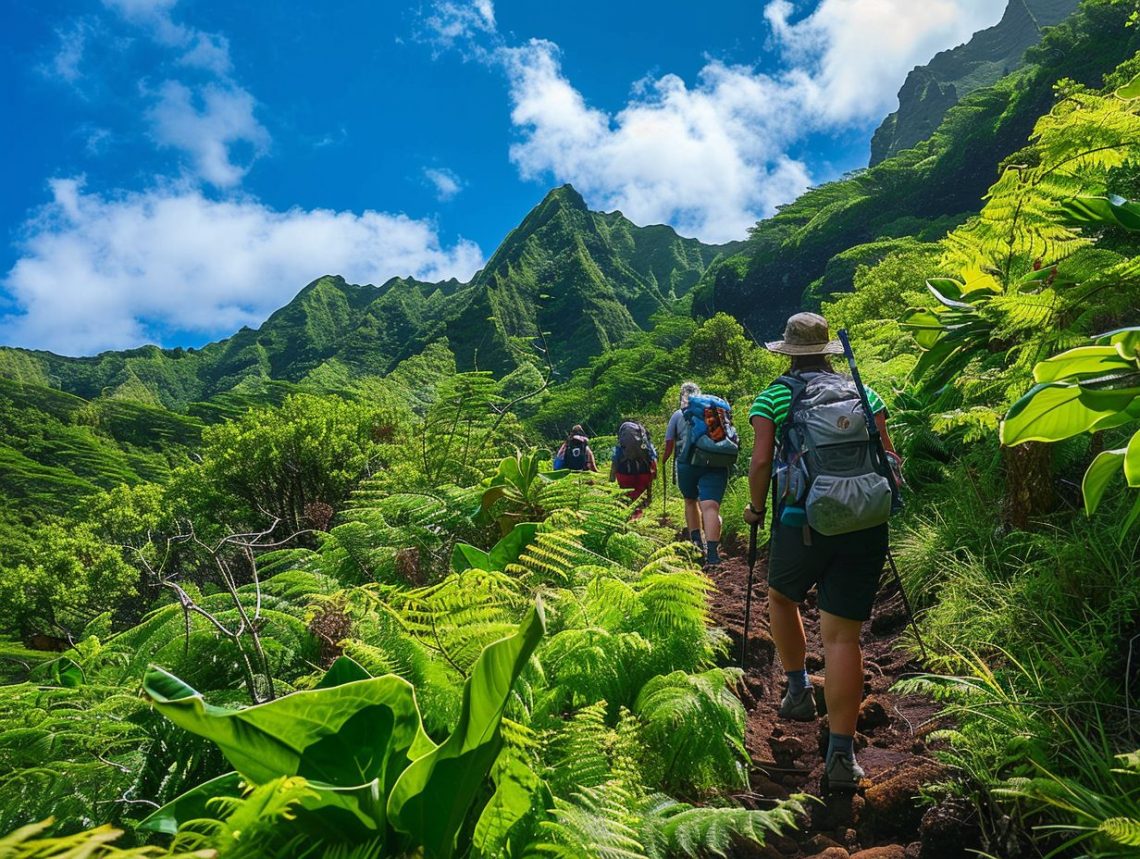
Climbing Kilimanjaro In June
Are you dreaming of conquering the majestic Mount Kilimanjaro in June but unsure where to start? Look no further!
In this comprehensive guide, we will explore everything you need to know about climbing Kilimanjaro in June.
From the weather conditions to the best routes for beginners, cost considerations, essential packing items, physical requirements, safety precautions, and what to expect during your climb, we have you covered.
So grab your gear and get ready for the adventure of a lifetime!
Key Takeaways:
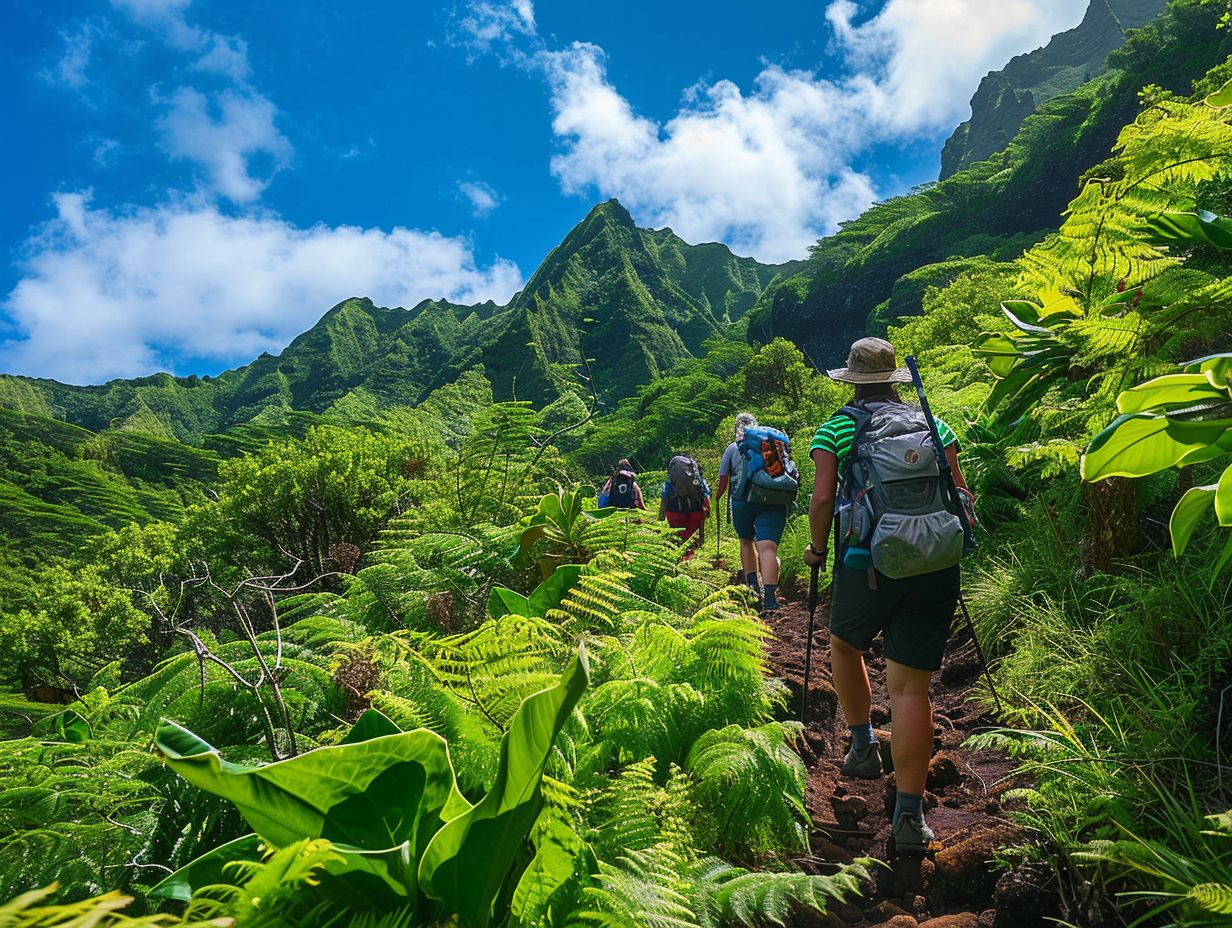
- June is a popular month for climbing Kilimanjaro due to favorable weather conditions and accessibility for beginners.
- The Machame route is best for climbing Kilimanjaro in June, with a moderate difficulty level.
- The cost of climbing Kilimanjaro in June includes expenses for permits, gear, and accommodations, with potential discounts available.
Why is June a Popular Month for Climbing Kilimanjaro?
June is a popular month for climbing Mount Kilimanjaro due to its favorable weather conditions and lower chances of precipitation.
The month of June falls within the climbing season of Kilimanjaro, offering clear skies, mild temperatures, and generally stable weather patterns that enhance the overall climbing experience.
Climbers find June particularly appealing as the mountain is less crowded during this time, allowing for a more serene journey up the iconic peak.
The risk of extreme weather events, such as heavy snowfall or storms, is minimized in June, increasing safety for those attempting the climb.
What is the Weather Like in June?
In June, the weather on Mount Kilimanjaro is characterized by mild temperatures during the day and cooler nights. The clear skies and lower chances of precipitation make it an ideal time for climbers.
As the sun rises over the majestic landscapes of Kilimanjaro in June, the thermometer typically hovers around 15-20 degrees Celsius during the day, providing a pleasant climate for hiking and admiring the breathtaking views.
The nights bring cooler temperatures, ranging between 0-5 degrees Celsius, creating a refreshing atmosphere for rest after an exhilarating day’s climb.
The clear skies in June offer unrivaled visibility, allowing climbers to witness stunning panoramas of the African plains below and the vast expanse of Kilimanjaro’s peaks above.
Is June a Good Time for Beginners to Climb Kilimanjaro?
June can be a suitable time for beginners to climb Kilimanjaro due to the favorable weather conditions that lower the risks of altitude sickness and provide a safer environment for novice climbers.
During June, the temperatures on Kilimanjaro are milder, allowing for a more comfortable trekking experience, especially for those who are new to high-altitude conditions.
The visibility tends to be clearer in June, offering breathtaking views of the surrounding landscapes, which can be a motivating factor for beginners.
It’s essential for novice climbers to be aware of the symptoms of altitude sickness and to acclimatize properly to prevent any health risks.
Choosing June can also mean encountering fewer crowds on the trails, ensuring a quieter and more serene journey for those starting their trekking adventures.
What are the Different Routes to Climb Kilimanjaro?
Mount Kilimanjaro offers various routes for climbers to reach its summit, each presenting unique challenges and landscapes.
Popular routes include the Lemosho Route, Rongai Route, and Machame Route, each offering distinct experiences and perspectives on the mountain.
The Lemosho Route, known for its scenic beauty and gradual altitude acclimatization with diverse terrains ranging from lush rainforest to alpine desert, is considered one of the most visually stunning routes on Kilimanjaro.
Rongai Route, originating from the north side of the mountain, provides a more remote trekking experience with a gentle slope.
Meanwhile, the Machame Route, often referred to as the ‘Whiskey Route’, boasts a more challenging climb with steep ascents and descents through varied landscapes.
Which Route is Best for Climbing in June?
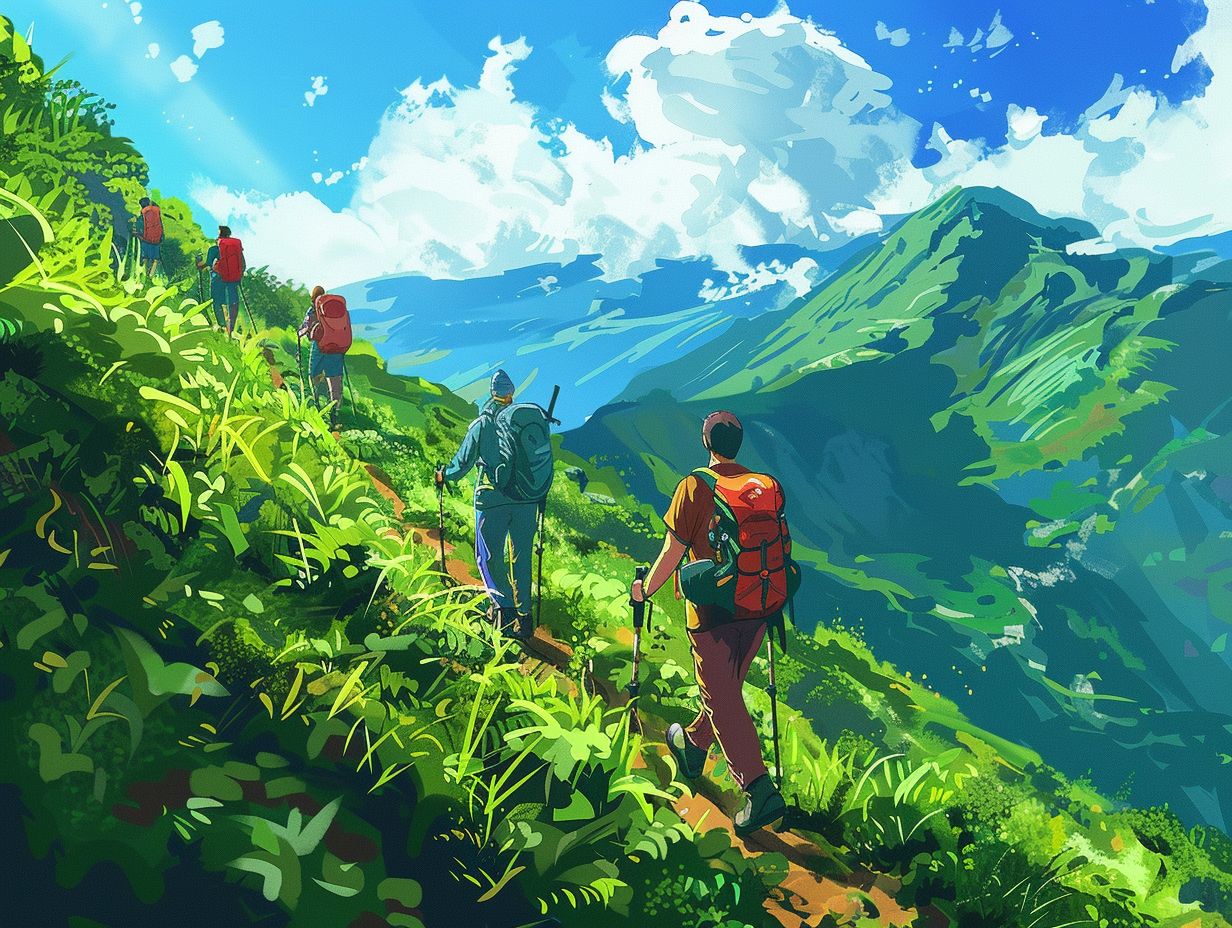
Choosing the best route for climbing Kilimanjaro in June depends on various factors such as the climber’s experience level, preferences, and the specific conditions during the climbing season at that time.
While all routes have their unique appeal, some may be more suitable for June climbs due to weather considerations.
For climbers ascending Kilimanjaro in June, the Machame route, known as the ‘Whiskey Route,’ and the Lemosho route are popular choices.
The Machame route, though more challenging, offers stunning views and diverse landscapes, making it a favorite among trekkers.
On the other hand, the Lemosho route provides a more gradual ascent, allowing for better acclimatization and increased chances of summit success.
Alternatively, the Marangu route, also called the ‘Coca-Cola Route,’ is the only path with hut accommodations, offering a different experience compared to camping on other routes.
It tends to be crowded, especially during peak seasons, which may affect the overall climbing experience.
What are the Difficulty Levels of Each Route?
Factors such as altitude, terrain, and duration contribute to the challenges climbers may encounter on routes like Lemosho, Rongai, and Machame.
Among these routes, Lemosho is known for its gradual ascent, providing climbers with a better chance to acclimatize to the increasing altitude.
This longer route offers stunning panoramic views and crosses various ecological zones, making it a favorite for those seeking a more immersive experience.
On the other hand, Rongai, coming from the north, offers a quieter and less crowded trek, with its varied terrain requiring a good level of fitness and endurance.
Meanwhile, Machame, often referred to as the ‘Whiskey Route,’ presents a more challenging climb with steeper ascents and descents.
The fast altitude gain on this route can be demanding, requiring climbers to be in excellent physical condition and mentally prepared for the tough sections.
What is the Cost of Climbing Kilimanjaro in June?
The cost of climbing Kilimanjaro in June can vary depending on several factors, including the chosen route, duration of the climb, level of service, and any additional amenities or equipment required.
- Permits are a crucial part of the budget, with prices ranging from $60 to $1000 depending on the route and agency.
- Guides, essential for safety and navigation, typically cost around $20 to $30 per day.
- Gear rentals can add up, with prices for basics like sleeping bags and walking poles ranging from $50 to $150 for the duration of the climb.
- Accommodations before and after the climb vary in price, from basic hostels to luxury hotels, averaging around $30 to $200 per night.
- Travel arrangements like flights, transfers, and meals should be factored into the total cost, usually adding $500 to $2000 to the overall budget.
What are the Expenses Involved in Climbing Kilimanjaro?
When planning a climb on Kilimanjaro, climbers should consider various expenses, including permit fees, guide costs, gear rentals, accommodation expenses, food and water provisions, travel arrangements, and any additional services required for a safe and enjoyable climbing experience.
- In detail, the permit fees for climbing Kilimanjaro can range from $60 to $1000 depending on the route and duration of the climb.
- Guide costs typically vary between $20 to $40 per day per guide, with a recommended ratio of one guide per two climbers.
- Gear rentals for essential items like tents, sleeping bags, and trekking poles may add up to approximately $100-$200 for the entire trip.
- Accommodation expenses include hotel stays before and after the climb, averaging around $100 per night.
- Climbers need to budget for meals, snacks, and water, with an estimated daily cost of $25-$50.
Travel arrangements entail flights to Kilimanjaro International Airport, with costs varying depending on the departure location.
Consideration should also be given to other services like transportation to the start of the climb, tips for guides and porters, as well as travel insurance to cover any unforeseen circumstances.
Are There Any Discounts or Special Offers for Climbing in June?
Some tour operators and trekking companies may offer discounts or special packages for climbers embarking on Kilimanjaro expeditions in June, aiming to attract more participants during this favorable climbing season.
These offers might include reduced rates, bundled services, or additional amenities to enhance the climbing experience.
Some tour operators also provide promotional offers such as complimentary training sessions, pre-climb briefings, or post-summit celebrations.
These perks not only add value to the expedition but also foster a sense of community among fellow climbers.
What Should I Pack for Climbing Kilimanjaro in June?
When preparing for a Kilimanjaro climb in June, it is essential to pack appropriate gear and equipment to ensure comfort, safety, and visibility throughout the journey.
- From proper clothing for varying weather conditions to essential mountaineering tools, having the right gear can significantly impact the climbing experience.
- Carrying sunglasses with UV protection is crucial for eye safety as well as preventing snow blindness caused by the intense sun at higher altitudes.
- Equally important is a reliable headlamp to navigate during early morning or nighttime hikes.
- A quality backpack with adjustable straps and compartments ensures carrying essentials comfortably, while trekking poles aid in balance and reduce strain on knees during descents.
What are the Essential Items for Climbing in June?
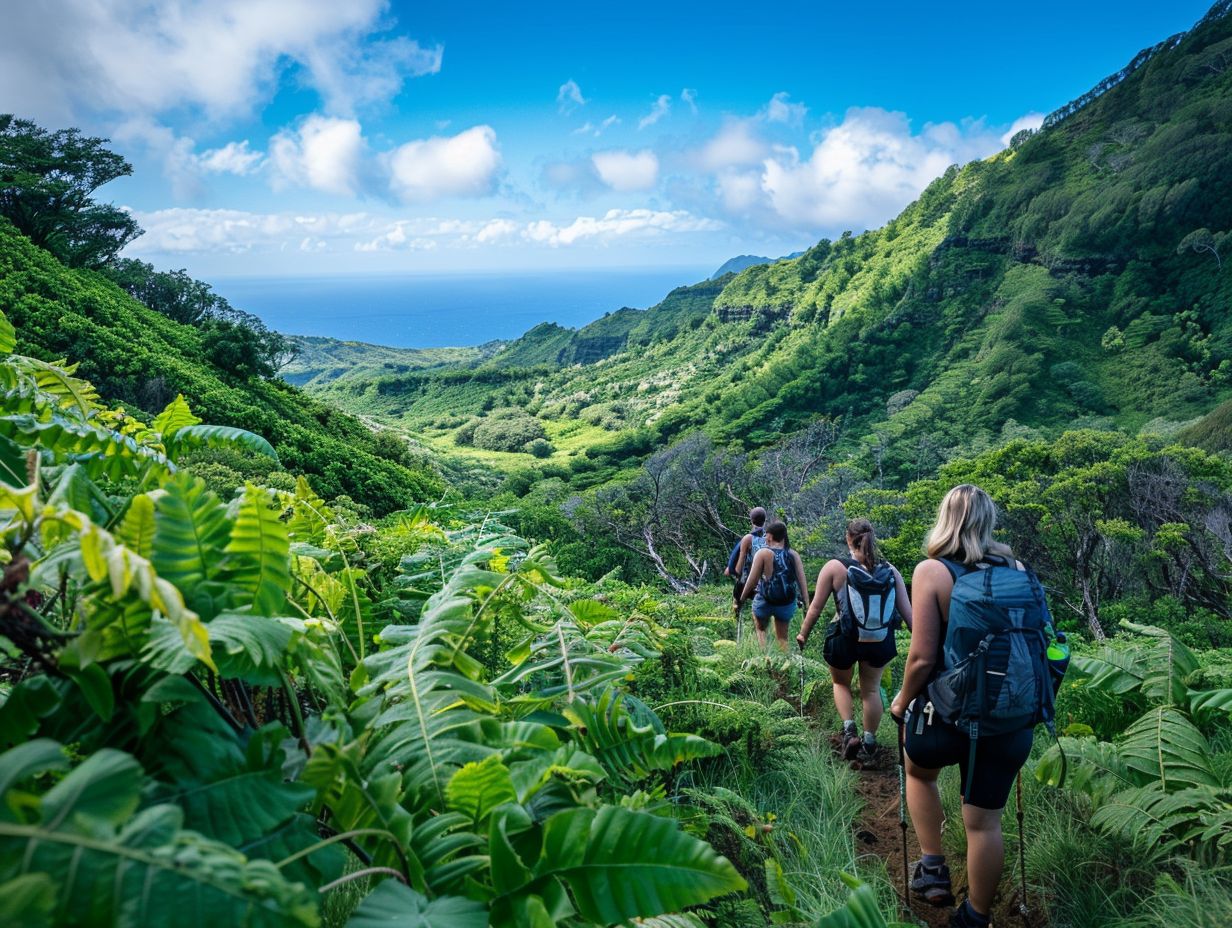
For climbers embarking on a Kilimanjaro expedition in June, essential items such as high-quality trekking boots, thermal clothing, headlamps, hydration systems, and altitude sickness medication are crucial for a successful and safe climb.
- High-quality trekking boots provide ankle support and stability on rough terrain, while thermal clothing helps regulate body temperature and protect against cold winds at higher altitudes.
- Headlamps are essential for navigating treacherous paths during early morning or night climbs.
- Hydration systems ensure proper fluid intake to combat dehydration in the arid mountain air.
- Altitude sickness medication aids in acclimatization, reducing the risk of debilitating symptoms at higher elevations.
What are Some Optional Items to Bring?
Along with essential gear, climbers planning a Kilimanjaro climb in June may consider bringing optional items like trekking poles, solar chargers, portable water filters, and camera equipment to enhance their experience and convenience during the ascent.
Other optional equipment that can be beneficial for a Kilimanjaro expedition in June includes:
- If climbers are planning to capture memorable moments and scenery, a high-quality camera or a durable action camera with a dependable memory card can be invaluable.
- Bringing a portable Bluetooth speaker for entertainment during rest periods or stargazing nights can elevate the overall experience.
- A multifunctional headlamp with different light modes can aid in night-time visibility and hands-free convenience while moving around the campsite or hiking in the dark.
- Carrying a comfortable pair of camp slippers or sandals can give climbers a break from their hiking boots and allow their feet to breathe and relax when not trekking.
What are the Physical Requirements for Climbing Kilimanjaro in June?
Preparing adequately through cardiovascular training, strength exercises, and altitude acclimatization can help climbers minimize the risks of altitude sickness and improve their overall climbing performance.
You should focus on building your cardiovascular stamina to endure long hours of trekking at high altitudes. Incorporating strength training into your routine is essential for tackling the rugged terrain that Kilimanjaro presents.
Acclimatization is a key factor in adjusting to the decreasing oxygen levels as you ascend. It’s recommended to spend sufficient time at various altitudes to allow your body to adapt.
What are the Safety Precautions for Climbing Kilimanjaro in June?
Ensuring safety during a Kilimanjaro climb in June involves taking necessary precautions against altitude sickness, extreme weather conditions, and physical exertion.
Climbers should be aware of the symptoms of altitude-related illnesses, adhere to the guidance of experienced guides, and prioritize their well-being throughout the ascent.
Climbers must acclimatize properly by maintaining proper hydration and nutrition to support physical performance and reduce the risk of altitude sickness.
Monitoring weather forecasts and preparing for rapid changes is vital, as Kilimanjaro’s climate can shift quickly from sunny to snowfall. Packing adequate clothing layers is essential to stay warm and dry.
Emergency protocols and evacuation plans should be communicated and understood by all team members to ensure a prompt response in case of emergencies.
Knowing one’s physical limits and communicating any discomfort or symptoms to the guide early can prevent potential health risks and allow for timely intervention.
It’s also recommended to undergo a thorough medical check-up before embarking on the climb to assess personal fitness levels.
By following these safety precautions and remaining vigilant throughout the expedition, climbers can enhance their chances of a successful and safe Kilimanjaro climb in June.
What Should I Expect During my Climb in June?
Embarking on a Kilimanjaro climb in June offers climbers a unique experience filled with breathtaking landscapes, challenging trails, and diverse climate zones.
From rustic mountain accommodations to hearty meals and reliable water sources, climbers can expect a blend of adventure and comfort throughout their journey.
Climbers setting out on this remarkable expedition can look forward to a range of accommodation options suitable for different preferences and budgets, spanning from basic campsites to more luxurious lodges.
Meals, crucial for maintaining energy and warmth, are typically provided at each stop along the climb, often showcasing local flavors and hearty dishes to fuel climbers for the arduous journey ahead.
It is essential to note that clean, safe water supplies are made available at strategic points on the mountain to ensure hydration and health during the ascent.
What are the Accommodations Like?
Accommodations during a Kilimanjaro climb in June range from basic mountain huts to tented camps, offering climbers a cozy retreat after a day of trekking.
These facilities provide essential amenities such as sleeping arrangements, dining areas, and communal spaces for rest and relaxation during the climb.
Mountain huts are often favored by climbers for their rustic charm and simplicity, typically offering bunk beds, shared bathrooms, and heating to combat the chilly mountain nights.
On the other hand, tented camps provide a more intimate connection with nature, with individual tents equipped with sleeping bags and insulated mats for comfort.
Most accommodations also include hearty meals to replenish energy, guiding services, and medical support to ensure the safety of climbers on this challenging expedition.
What are the Meals and Water Sources?
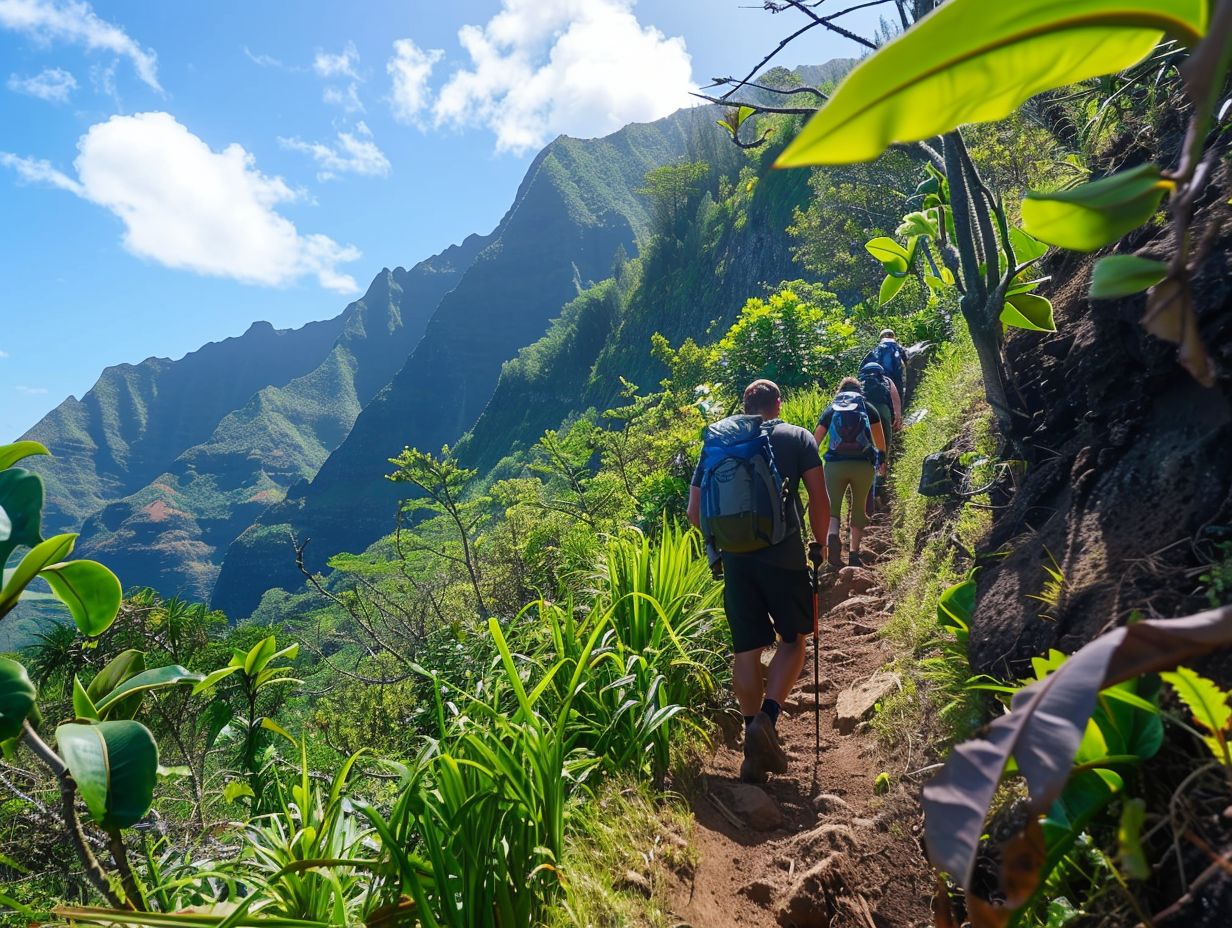
Water sources along the routes are carefully managed to provide safe drinking water for hydration throughout the climb, ensuring climbers maintain their strength and well-being in varied climatic conditions.
For breakfast, climbers might enjoy a hot porridge or oatmeal accompanied by fresh fruits and nuts, offering a blend of carbohydrates and vitamins to kickstart their day.
Lunch may include sandwiches, energy bars, and trail mix for a quick energy boost, while dinner could feature hearty stews, pasta dishes, or rice and bean combinations for sustained energy levels overnight.
Climbers are encouraged to carry their own reusable water bottles and hydration systems to refill at designated water points.
Adequate water intake is crucial to prevent dehydration, altitude sickness, and exhaustion, especially in high-altitude environments where the body loses moisture rapidly.
What Should I Do to Prepare for Climbing Kilimanjaro in June?
Preparing for a Kilimanjaro climb in June requires careful planning, physical training, and mental readiness to tackle the challenges of high-altitude trekking.
Establishing a comprehensive preparation schedule, focusing on fitness, gear selection, and acclimatization strategies, can enhance climbers’ chances of success and enjoyment during the expedition.
Climbers planning a Kilimanjaro trek in June should begin their training several months in advance, incorporating cardio, strength, and endurance exercises to build the necessary physical stamina.
A gradual increase in intensity and duration of workouts is key to preventing injuries and improving overall fitness levels.
Investing in high-quality gear such as insulated layers, sturdy boots, a reliable backpack, and proper sleeping equipment is essential to ensure comfort and safety amidst varying weather conditions on the mountain.
Frequently Asked Questions
1) When is the best time to climb Kilimanjaro?
A: June is one of the best months to climb Kilimanjaro as it falls during the dry season, providing clear skies and better visibility for your trek. Additionally, the temperatures are moderate during this time, making it easier to acclimatize and reach the summit.
2) Is June a popular month for climbing Kilimanjaro?
A: Yes, June is a popular month for climbing Kilimanjaro, along with July and August. These months tend to have the most favorable weather conditions for trekking and attract a higher number of climbers. However, with proper planning and a reputable tour company, you can still have a memorable and less crowded experience.
3) Will I need any special gear for climbing Kilimanjaro in June?
A: Yes, you will need some specialized gear for your Kilimanjaro trek in June. This includes proper hiking boots, warm and waterproof clothing, a good quality sleeping bag, and trekking poles. It is essential to have the right gear to ensure your comfort and safety during the climb.
4) How physically fit do I need to be to climb Kilimanjaro in June?
A: Climbing Kilimanjaro requires a good level of physical fitness regardless of the month. However, with proper training and preparation, most people with average fitness levels can successfully summit the mountain in June. It is crucial to start training a few months before your climb to improve your endurance and strength.
5) Is it safe to climb Kilimanjaro in June?
A: Yes, it is generally safe to climb Kilimanjaro in June, as long as you follow the proper safety precautions and choose a reputable tour company. However, the weather conditions and altitude can still pose potential risks, so it is essential to listen to your guide and pay attention to your body’s signals during the climb.
6) What are some of the highlights of climbing Kilimanjaro in June?
A: Climbing Kilimanjaro in June offers some unique highlights, including beautiful views of the surrounding landscapes, clear skies for stargazing, and the opportunity to witness the Great Migration of wildebeest and zebras in the nearby Serengeti National Park. Additionally, June is a less busy month on the mountain, allowing for a more intimate and peaceful experience.